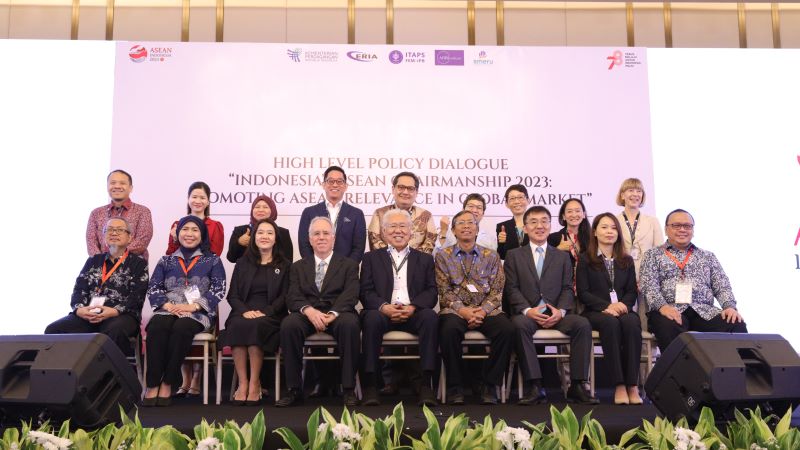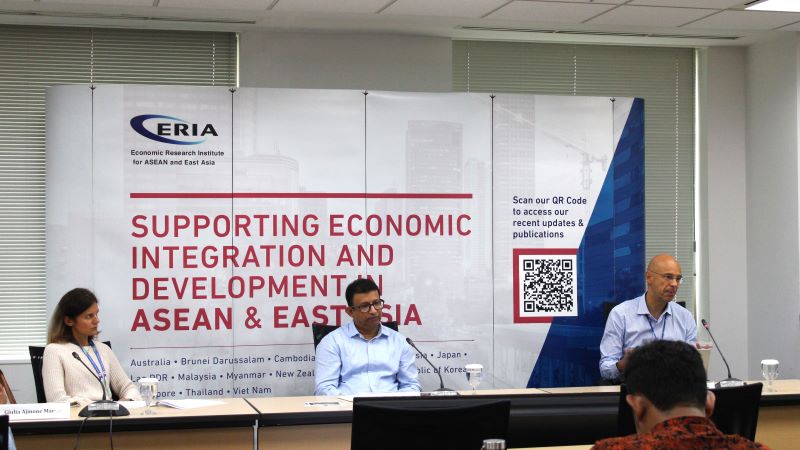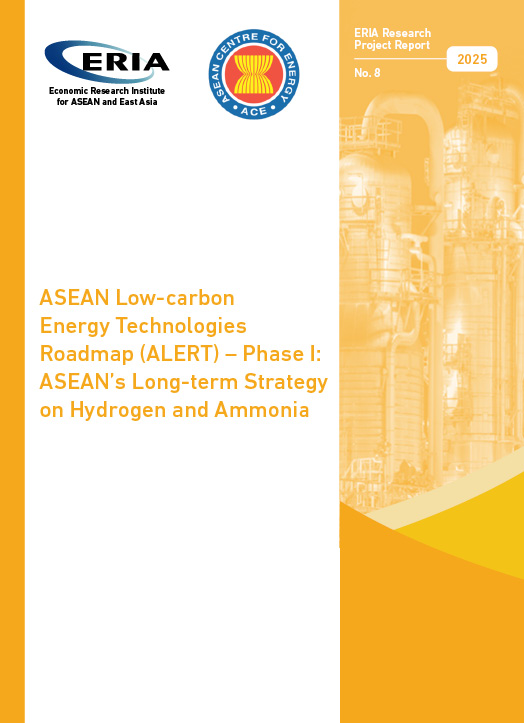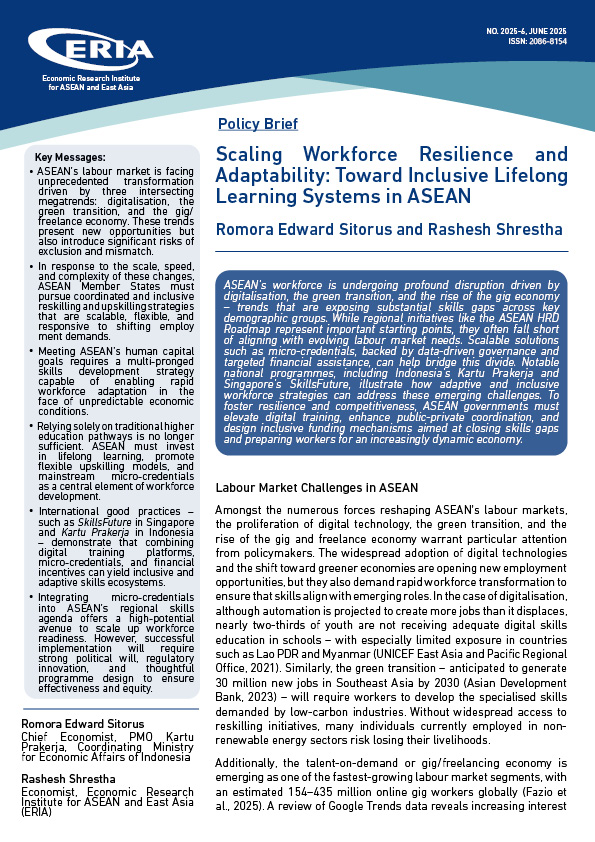Improving Energy Efficiency in the Transport Sector through Smart Development
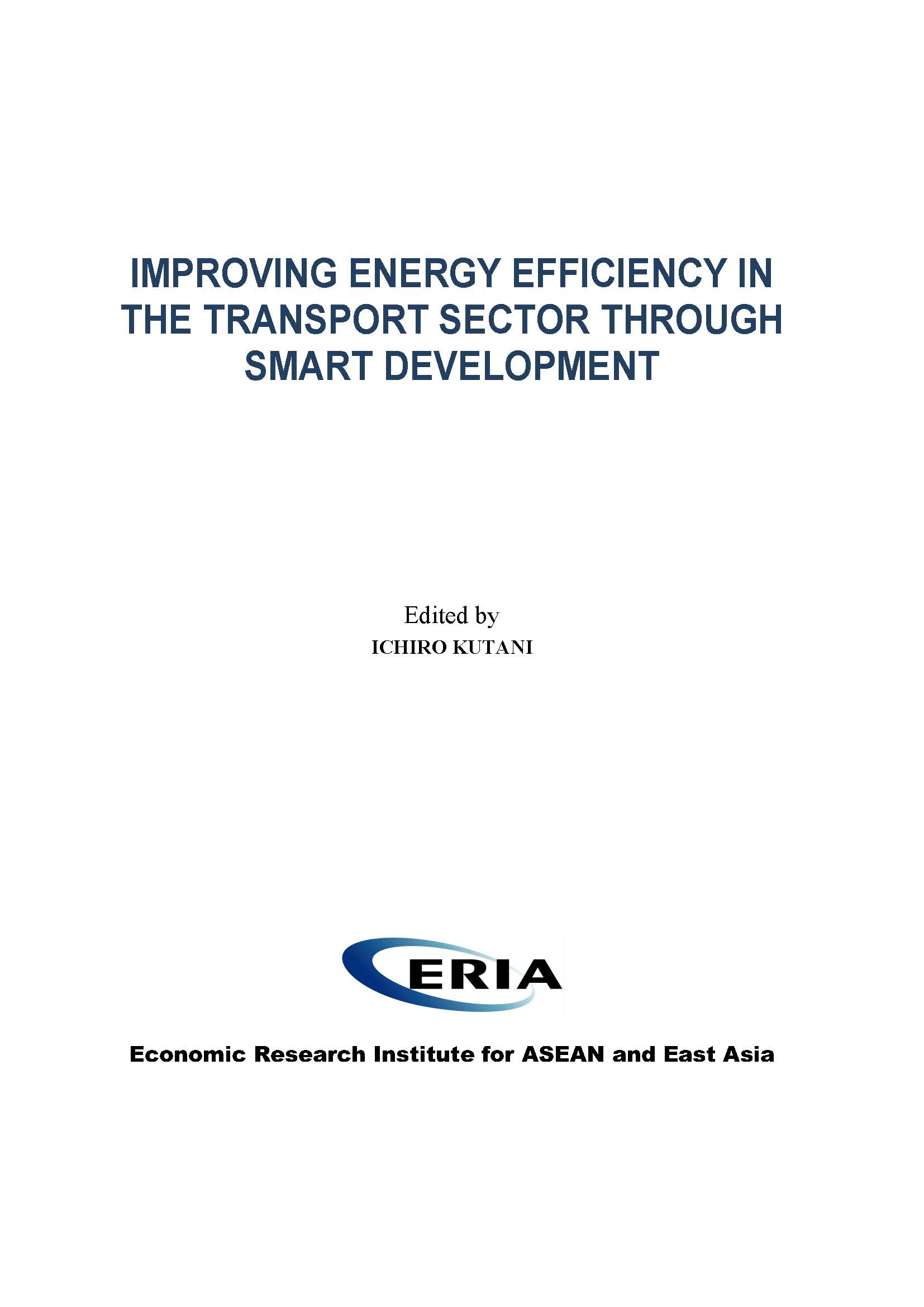
Date:
28 October 2014Category:
Indonesia, Energy, Infrastructure, Urban DevelopmentType:
Research Project ReportsTags:
Energy, Urban DevelopmentPrint Article:
Executive Summary
This study examines ways of improving energy efficiency in the transport sector of countries of the East Asia Summit (EAS). Among various possible measures, the study especially focuses on improving traffic flow in urban areas and on its subsequent effects.
MAIN ARGUMENT
Coping with increasing oil demand is one of the top policy agenda in EAS countries since such demand has been causing countries a variety of concerns, such as deteriorating security of oil supply, exacerbating fiscal balances, and worsening air quality. Although a number of studies were conducted to address this issue, few were focused on an interrelation between traffic flow and energy consumption. This study is unique in its approach as it interconnects energy policy and city planning, and quantifies the effect of traffic flow improvement on energy efficiency improvement.
First, the study has examined policy options that could enhance modal shift from private cars to public transport. In the second part, the study conducted a simulation analysis for a selected sample city, Jakarta of Indonesia. Based on a preference survey of the general public, this analysis figures out a possibility of modal shift which leads to reduced use of private cars and, thus, reduced oil consumption.
KEY FINDINGS
- A key element in promoting the 'shift' from private cars to public transport is accessibility and economic attractiveness; that is, to extend/expand the public transport network, and to make public transport tariff cheaper or increase the cost of private car ownership.
- When looking at the survey result of Jakarta, rapidness of public transport will increase its attractiveness, and thus enhance the shift
- The case study indicates that a megacity like Jakarta requires mass rapid transit (MRT) such as the metro that has dedicated lines to mitigate traffic congestion and oil consumption. However, it will take much time and funds to construct sufficient capacity of the MRT. Therefore, as a short- to mid-term measure, it is also effective in expanding the bus rapid transit (BRT) network or improve its convenience.
POLICY IMPLICATIONS
- If urban transport planning will be combined with energy policy, the country can more effectively reduce energy demand in the transport sector. This is because a part of the increase in oil demand can be explained by traffic congestion and the lack of a mass transport system.
- If a country can implement a package of comprehensive measures, one can gain more benefit than the cost of ad hoc measures. These possible policy options can be summarized in the ASIF (Avoid-Shift-Improve-Finance) framework.
- If a country can implement necessary measures in a preventive manner under long-term planning, one may be able to achieve smoother economic development. This is because policy and infrastructure development tends to fall behind an explosive increase of transport demand, and thus tends to cause chronic congestion and waste of fuel.
Full Report
Contents
List of Abbreviations and Acronyms
Chapter 2. An Overview of Bus Rapid Transits in the World
Chapter 3. Case Study: Preference Survey in Jakarta
Chapter 4. Case Study: Simulation Analysis in Jakarta
